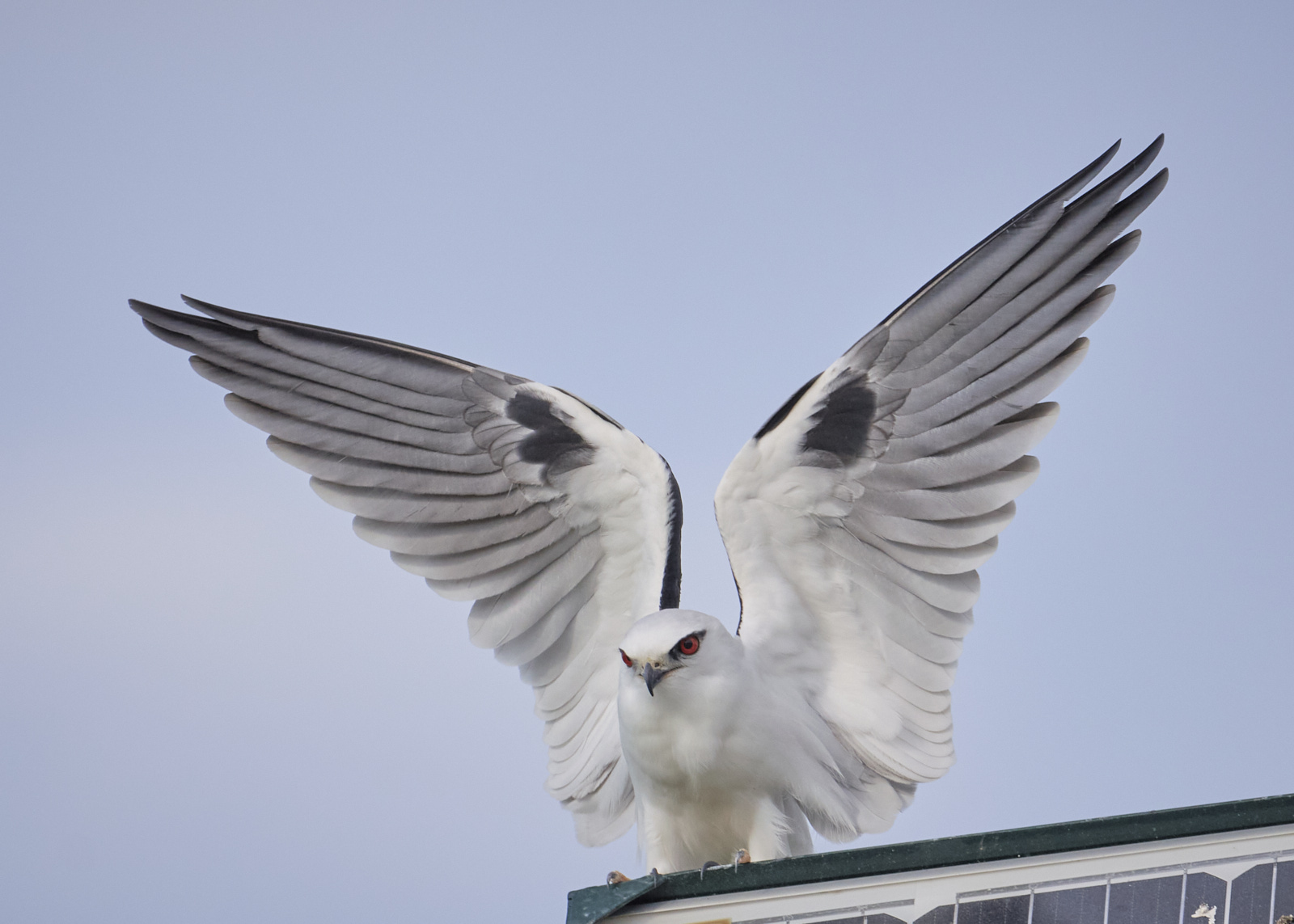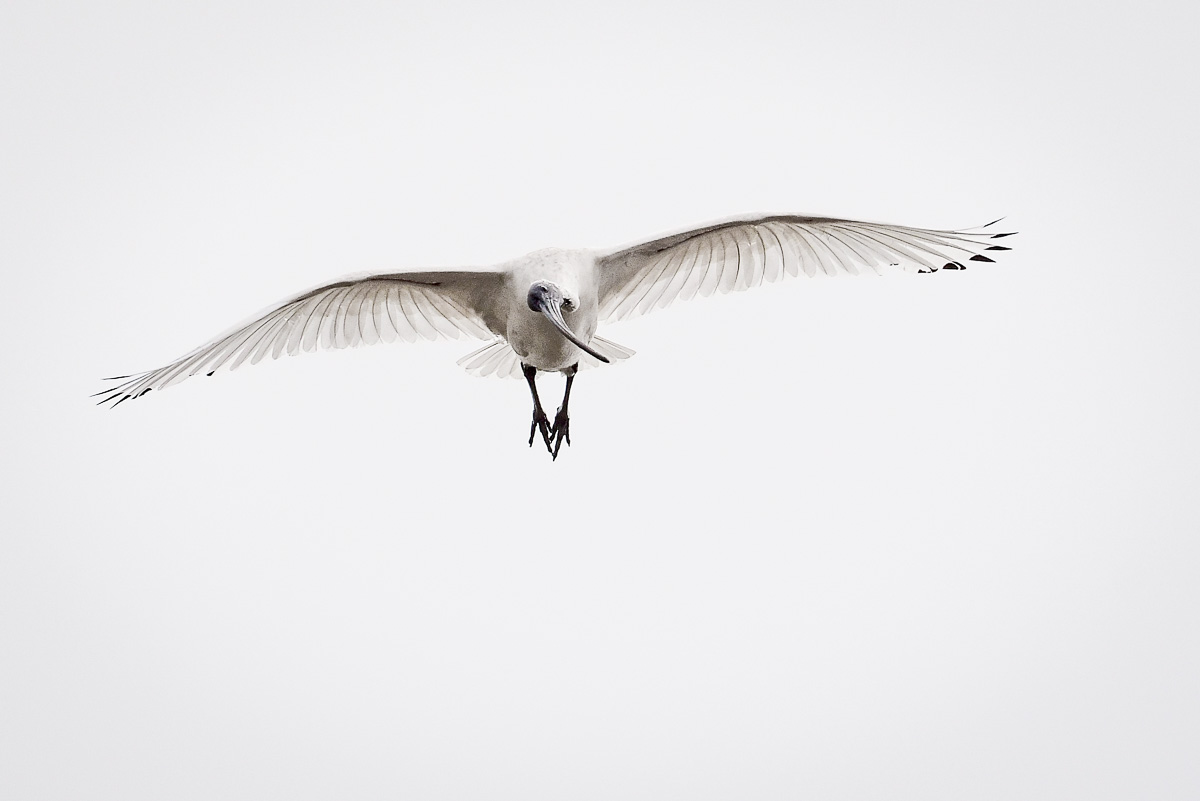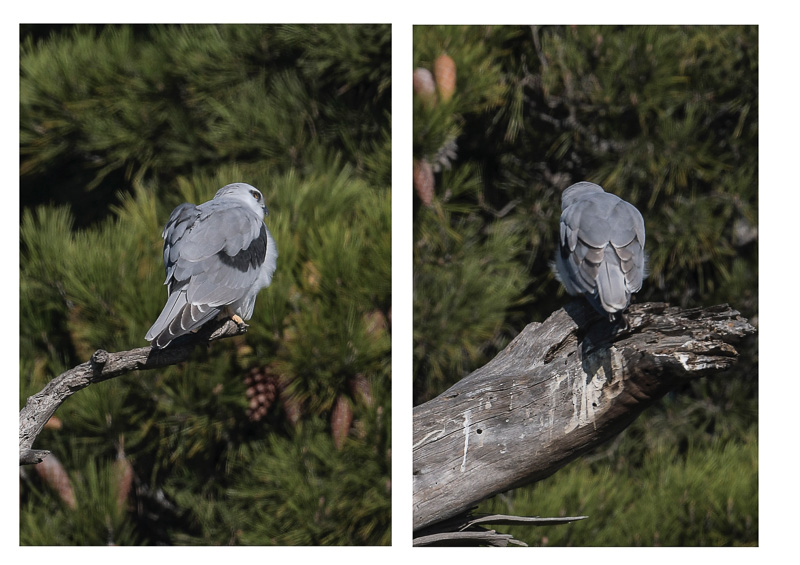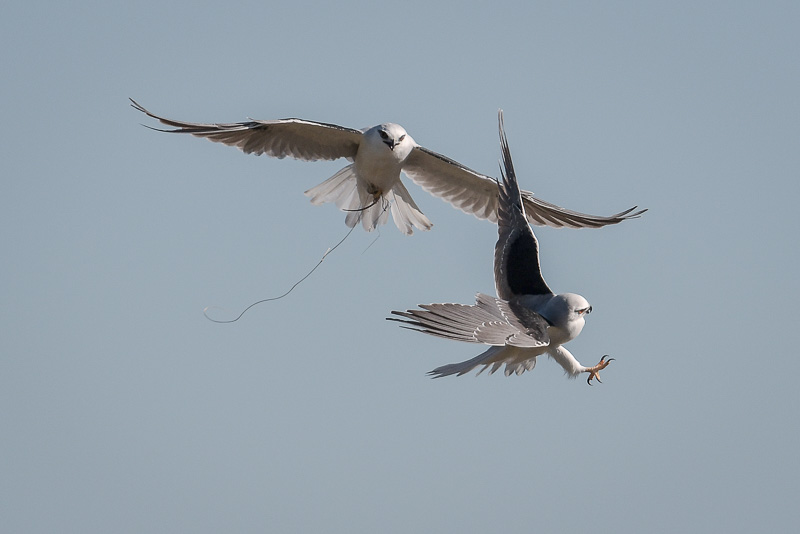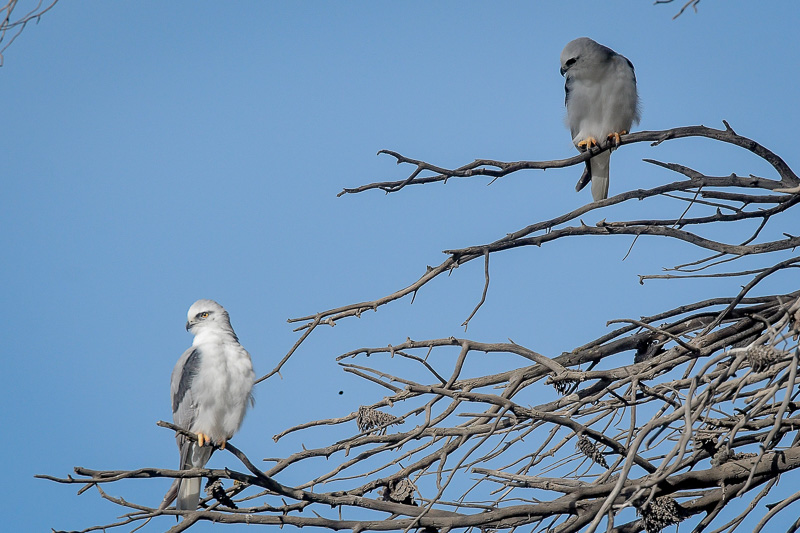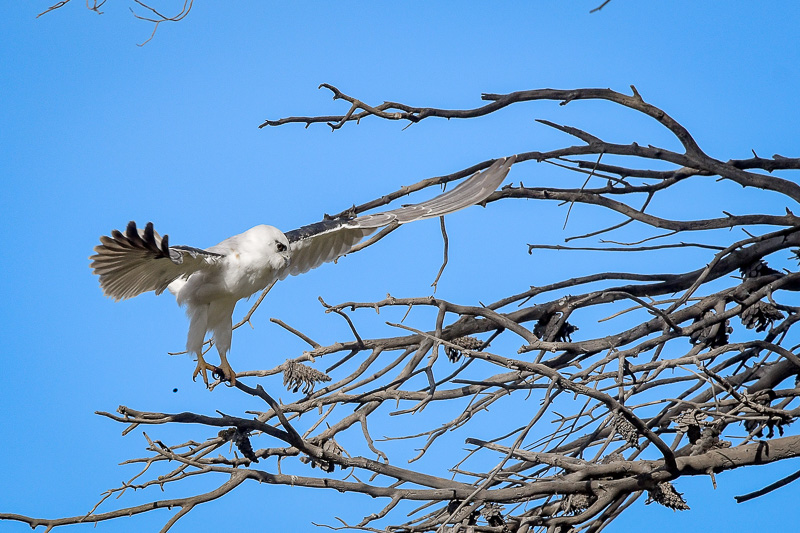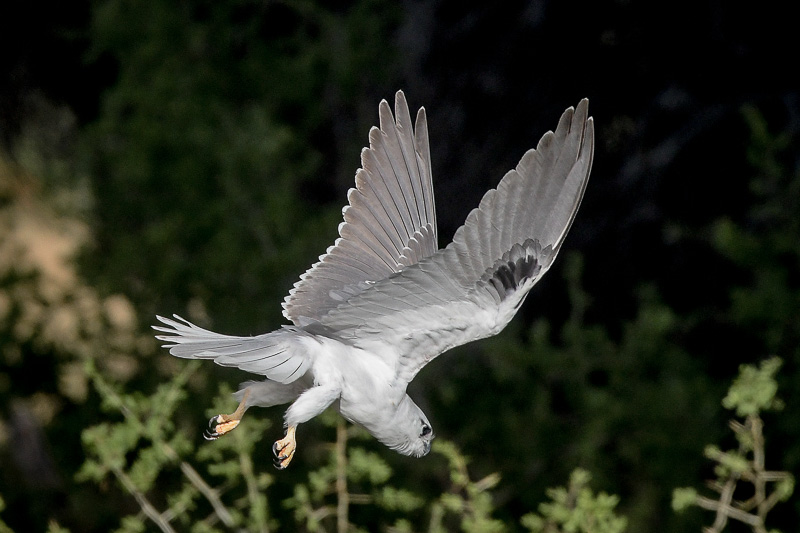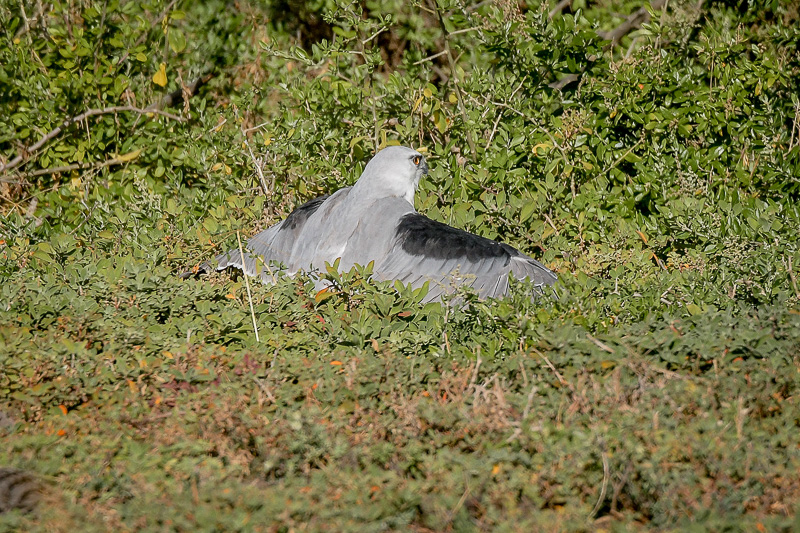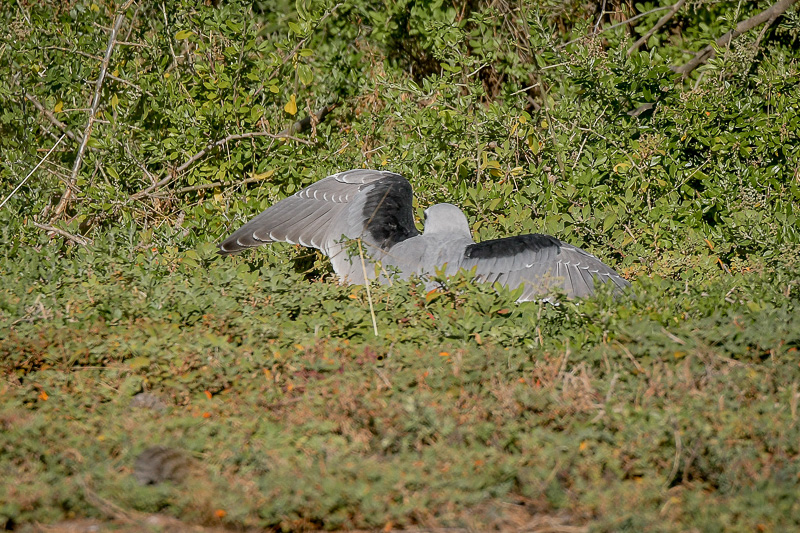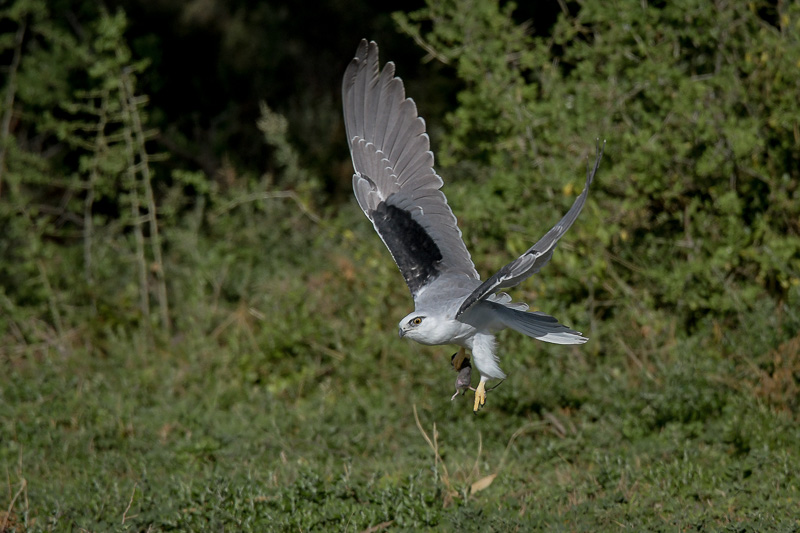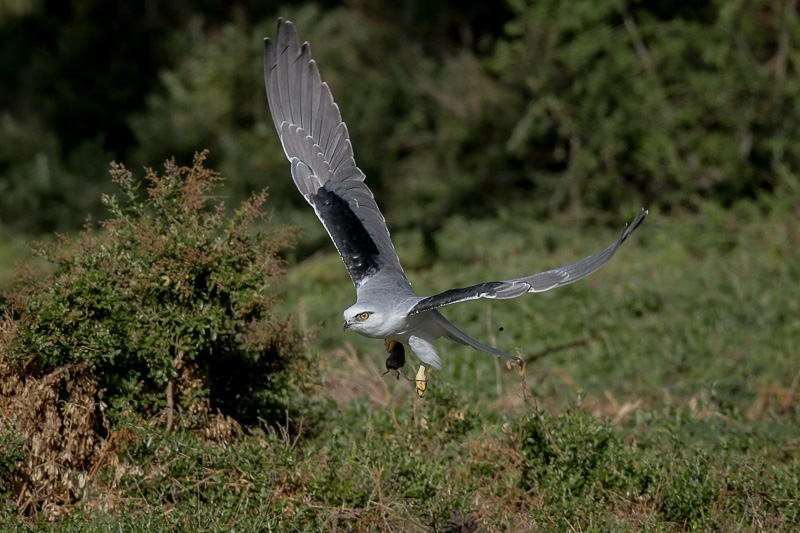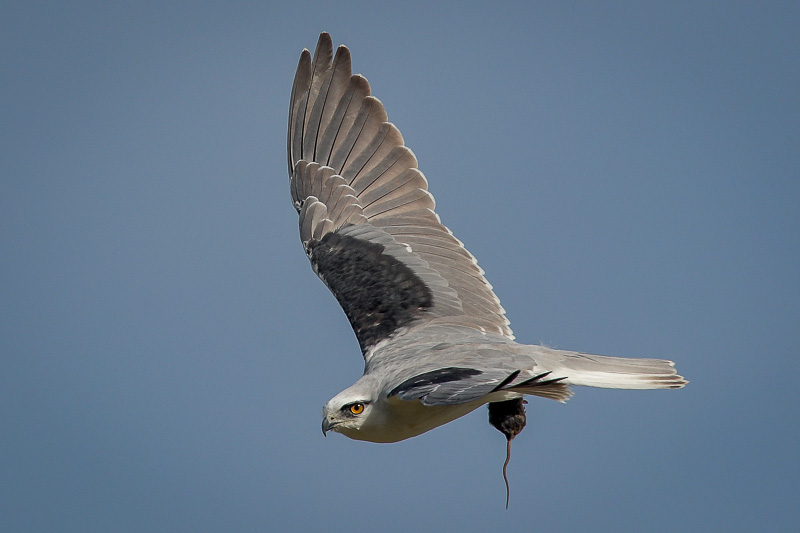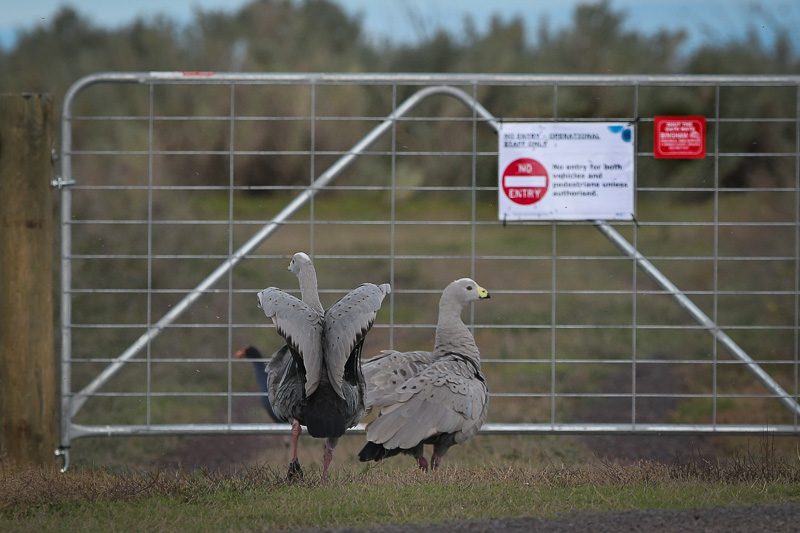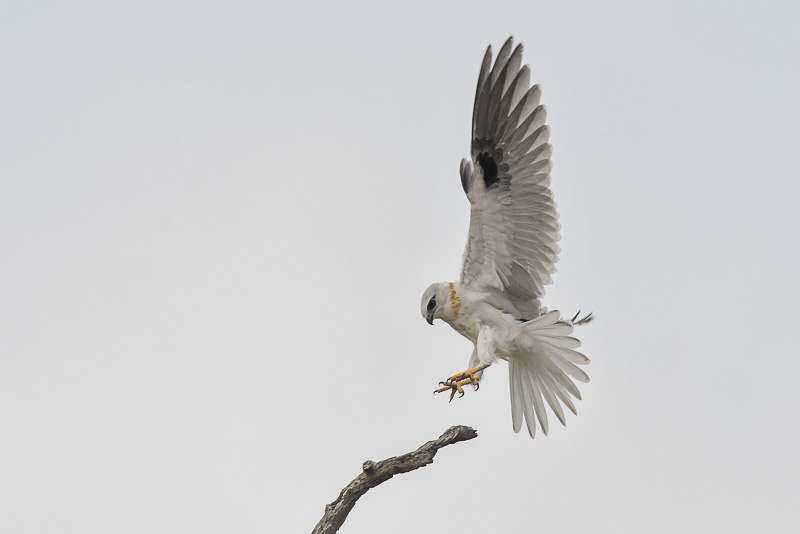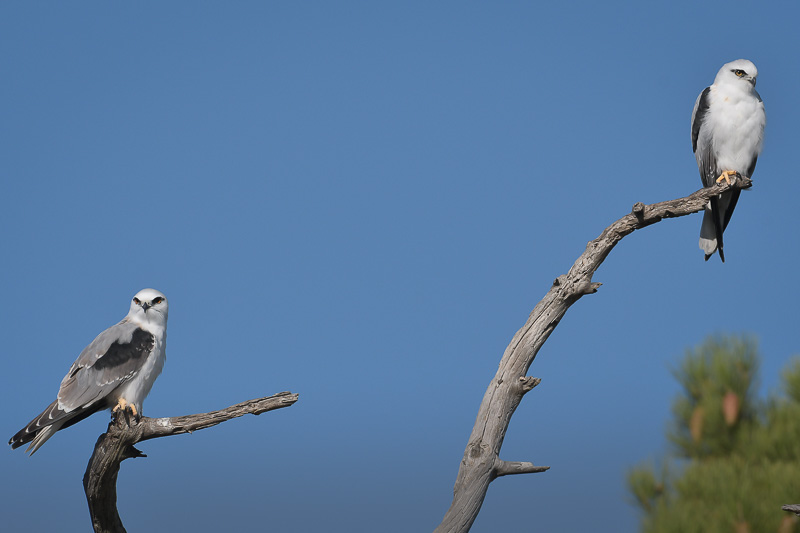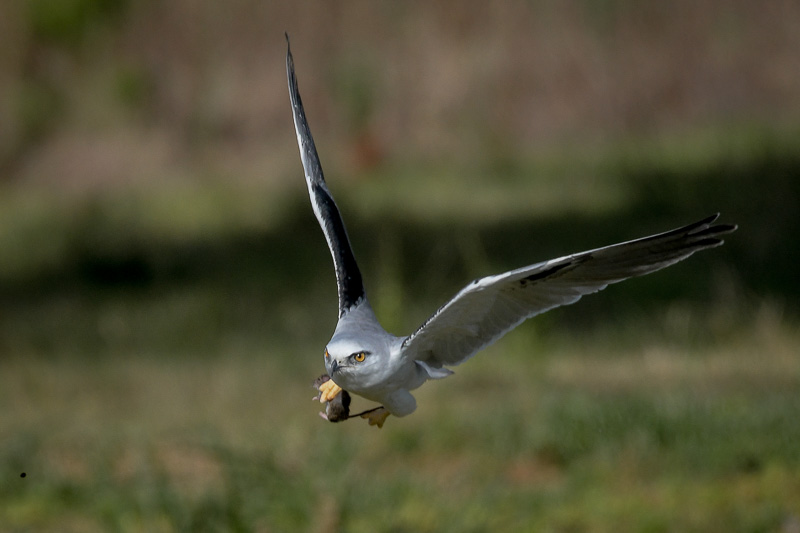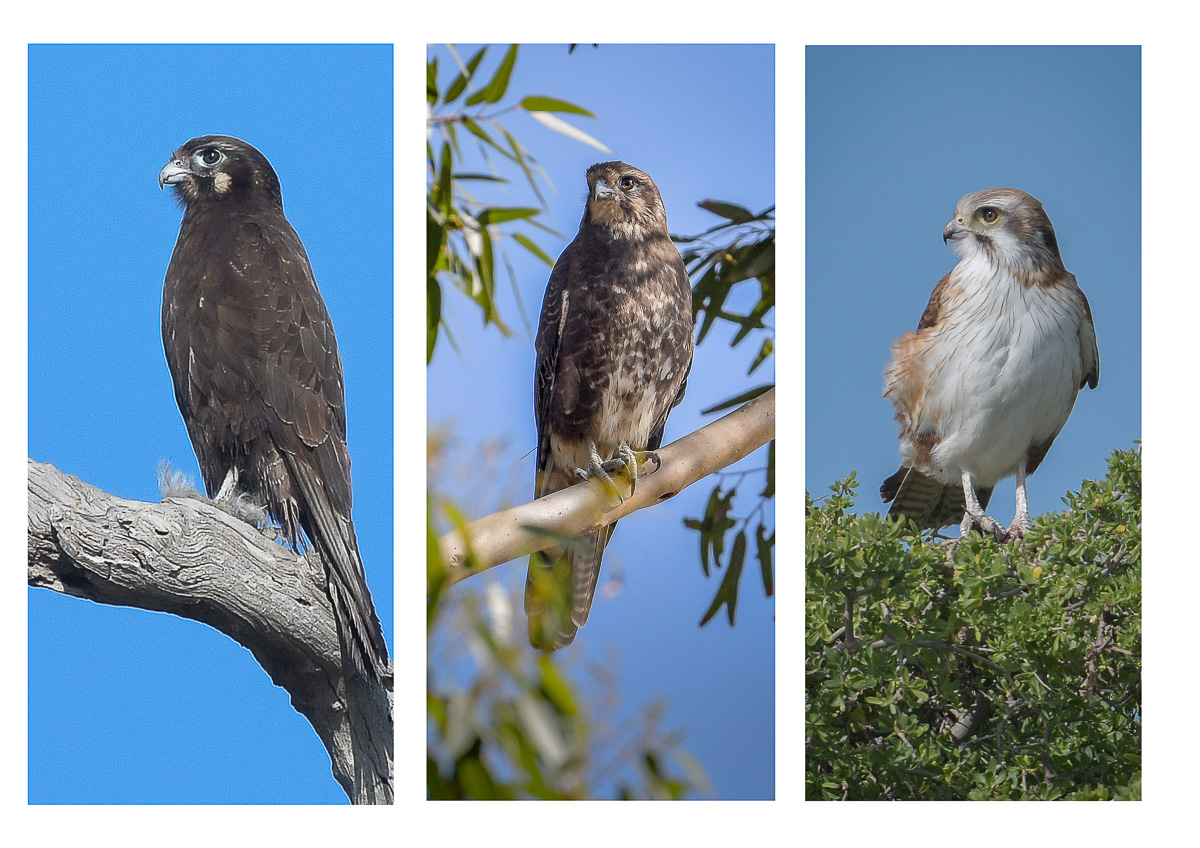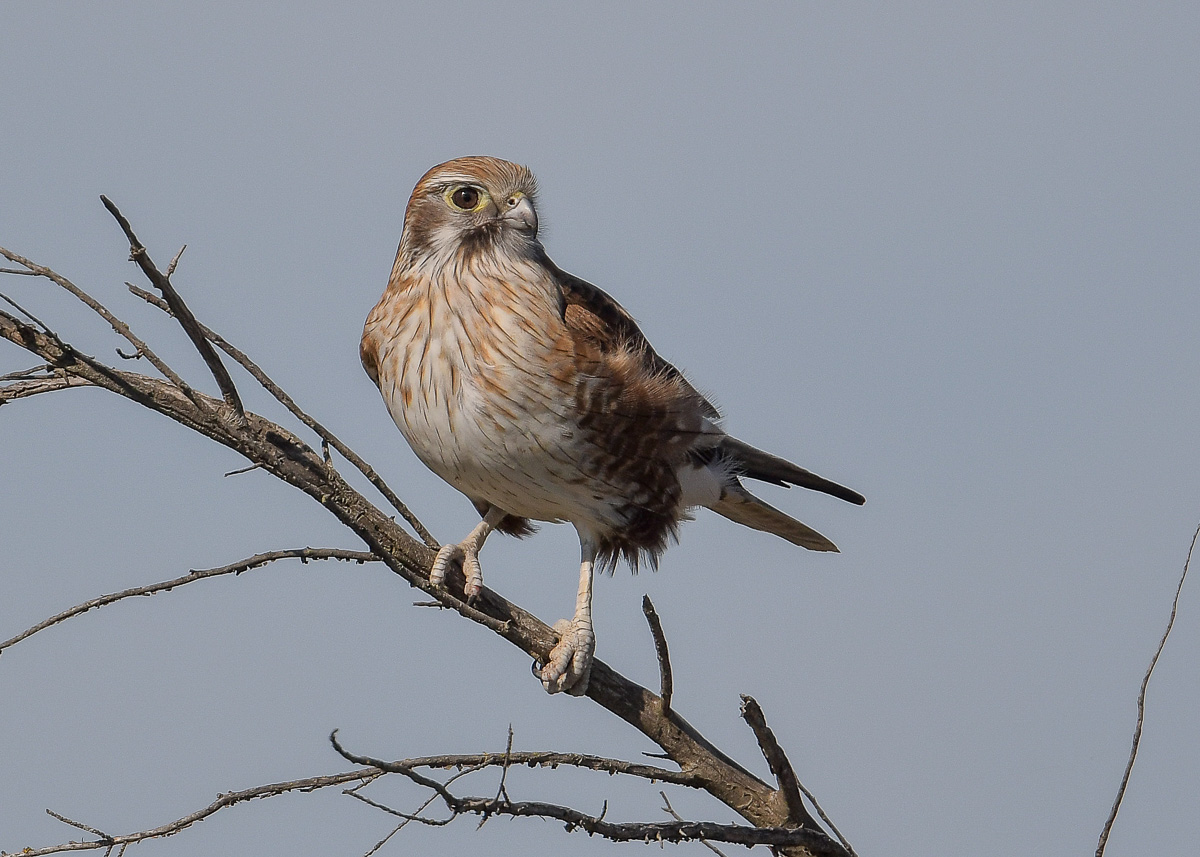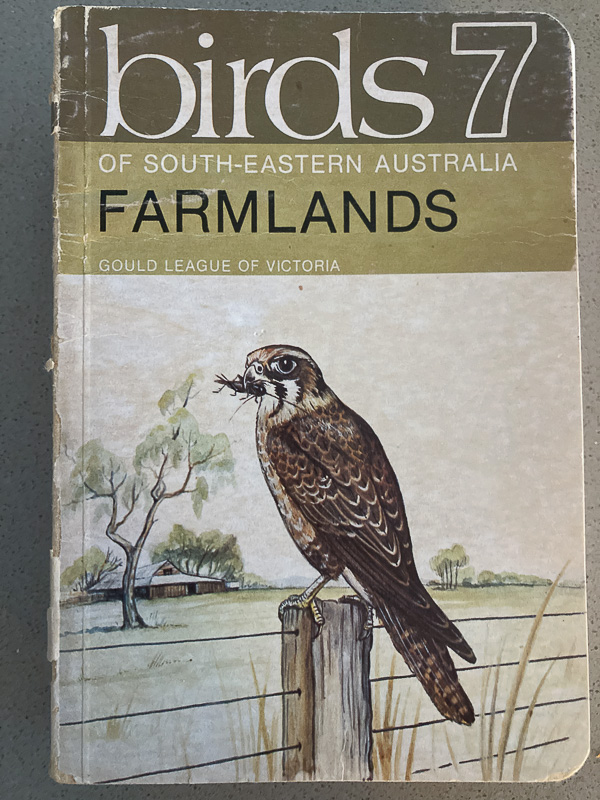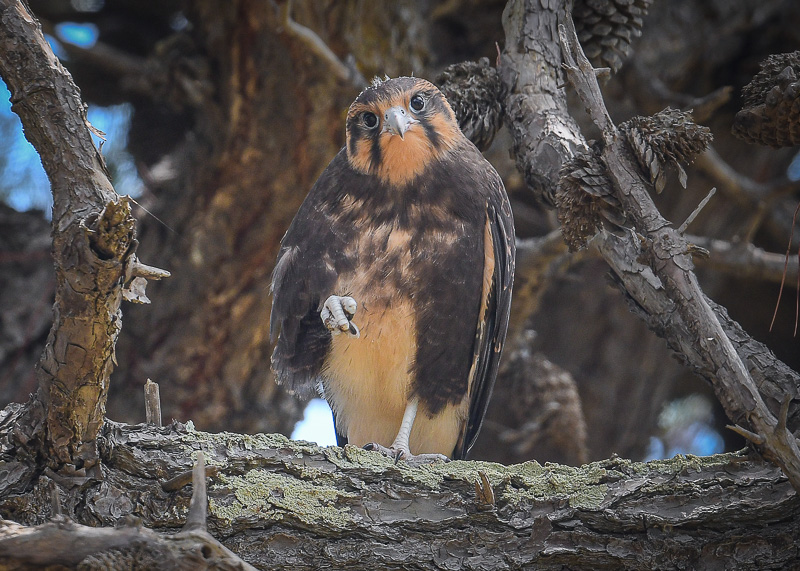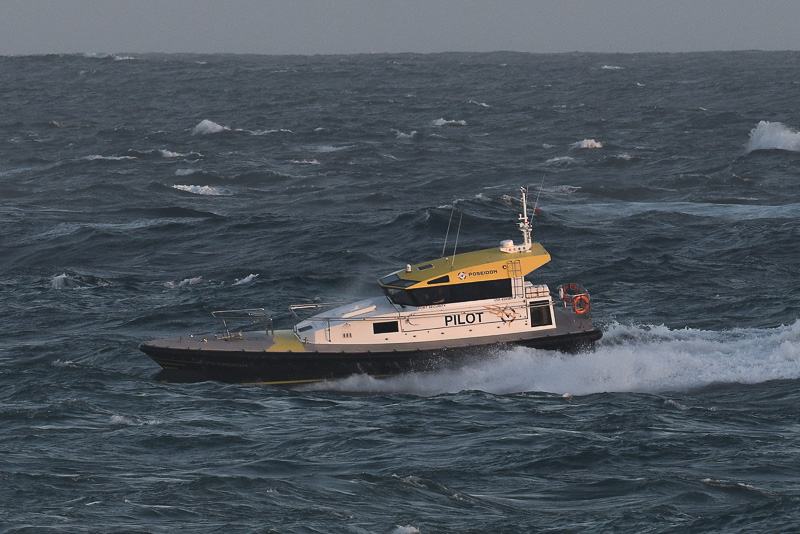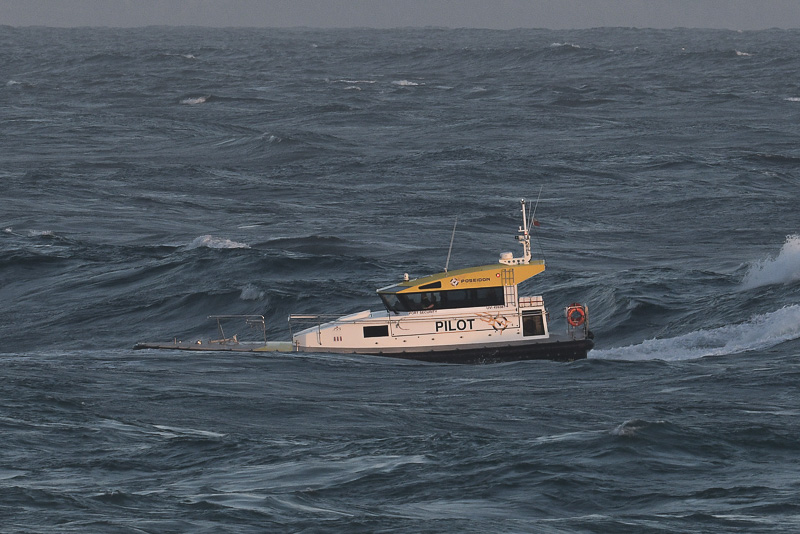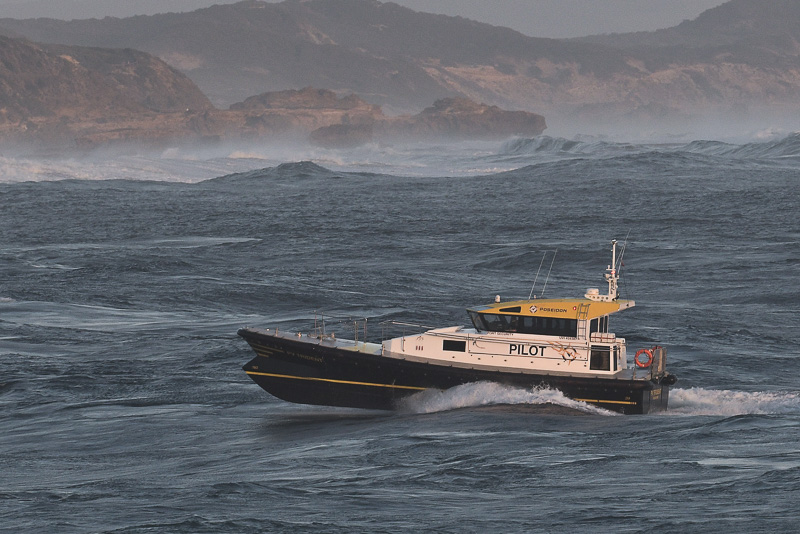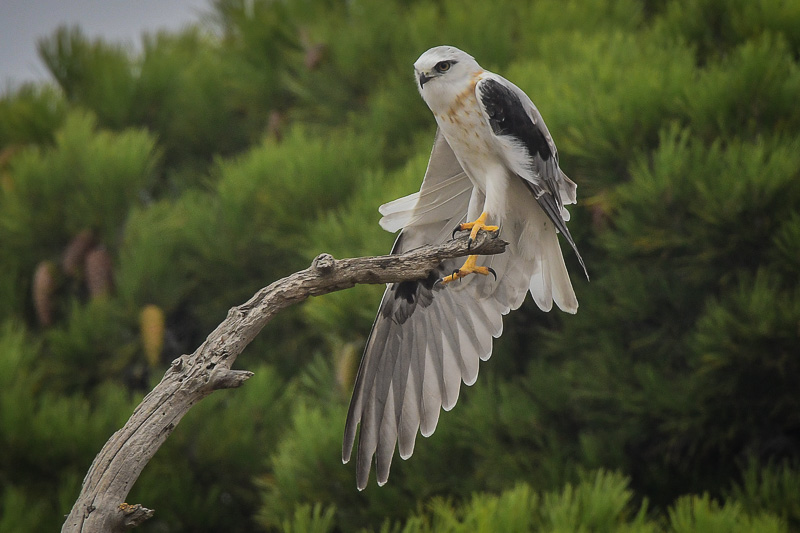I know I said there would be an Exposed Part 02. But not this post.
Had the good fortune the other evening to venture into the wilds of Melbourne’s night life to attend the opening of a photo-exhibition.
This was a range of work from first year students at a photo college. Lots of interesting views of how the world is perceived through ‘new’ eyes. Armed with the catalogue it was interesting to look at the eclectic mixture of images and to see how each photographer’s style was noticeable once I’d seen several from their work on display.
And how they were each dealing with the ‘Language of Images”. Like learning a new language, the grammar, if you will, of the visual vocabulary is not always a simple process. Some grasp it easily, while others are more interested in the feel or the mood of the moment.
It reminded me of the way we explored things when very young. The open pots and pans cupboard in the kitchen made for many a happy hour, both experimenting with the items, and the noises they made as they were clanked and banged together.
Yet after a time, as we grew older, they became, well, boring.
As photographers we can bring that sort of viewing into our pictures. Photographing only what appeals to our habit of casual seeing. Photographing things we thought should be photographed as we’d seen such pictures in magazines or posters.
Dissatisfied with the results, these days we turn to yet another tweak of the sliders, or download the 2,507th “Preset” from some hawker of such things on the internet. This one guaranteed to ” Give an unique style with just a few clicks”, and “save time and effort” ((And of course save the necessary step of getting it right in the first place ))
And yet, as someone once told me, “A photograph succeeds for one reason. It was well seen.” (John Harris in conversation)
This morning in my email, I received from Heron Dance Art Studio, a quote that has had me thinking most of the day, and it seemed helpful in pondering the “Art of Seeing’.
Here tis
The sound of the waters is audible to every ear, but there is other music in these hills, by no means audible to all. To hear even a few notes of it you must first live here for a long time, and you must know the speech of hills and rivers. … Then you may hear it –- a vast pulsing harmony –- its score inscribed on a thousand hills, its notes the lives and deaths of plants and animals, its rhythms spanning the seconds and the centuries.
– Aldo Leopold, Sand Country Almanac
We have been a little spoilt and grateful of late as we have several territories of Black-shouldered Kites to work in. One pair are mere juveniles, still finding their way. One is a long term bonded pair, readying perhaps to nest when the conditions are right. Several others are, I suspect, just wintering over because the food sources are plentiful.
This one has claimed a roadside solar panel set as its perching preference.
Enjoy, and keep Seeing. There is so much to see. 🙂
